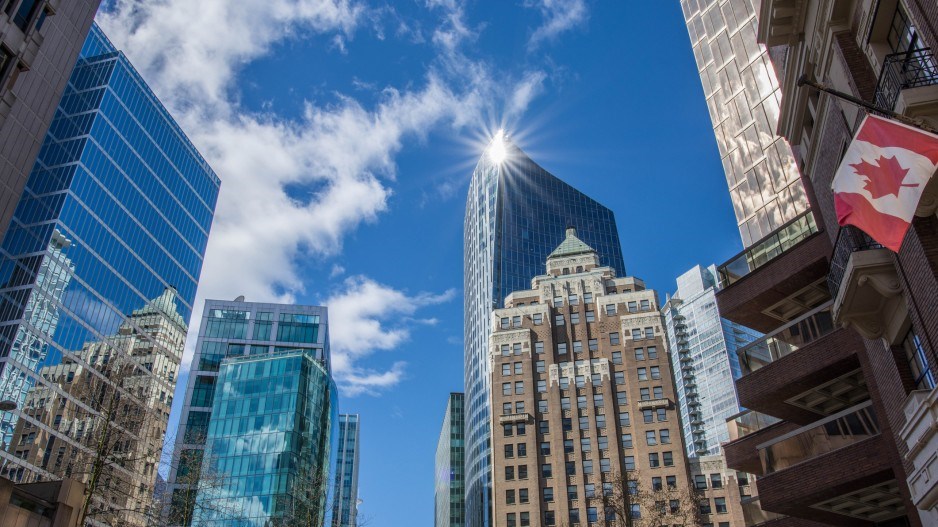Commercial building owners across Canada face growing pressure to reduce the carbon emissions of their assets. Regulations are stacking up, shareholders are keeping a keen eye on annual reporting and stakeholders want to see changes that move the needle on climate action.
While the message is clear that we must decarbonize our buildings, we should do so in a way that reduces building energy use, as buildings, data centres, electric vehicles and more place increasing demands on our electricity grid.
May 1 marked the first birthday of the British Columbia Zero Carbon Step Code, which amplifies the electrification goals set under the BC Energy Step Code and the federal government’s 2030 Emissions Reduction Plan.
Elsewhere, the Canadian Sustainability Standards Board released its draft standards for mandatory sustainability reporting for companies in Canada in March this year. These align with the standards published in 2023 by the International Sustainability Standards Board (ISSB), where companies affected will have to disclose their Scope 1, 2 and 3 greenhouse-gas emissions. That means decarbonization will not be a nice-to-have option, but a must-have for commercial building owners.
However, the pathway forward is not clear-cut. Last year’s record-breaking summer temperatures and subsequent drought resulted in BC Hydro having to import 10,000 gigawatt hours, or roughly 20 per cent of the province’s energy needs. And while the utility is taking a multi-faceted approach to strengthening the grid against increasing demand and extreme weather conditions, there is more to be done to build resilience to future conditions.
As electricity demands increase and our supply works harder to keep up, Passive House design for buildings provides a tried-and-tested roadmap to both reduce the load on the grid and protect occupants from the risk of power disruption.
Energy efficiency remains the key. Finding ways to make our buildings—new and old—perform better eases the demand on the grid and supports the larger-scale transition from fossil fuels.
The Passive House standard is one of the best ways to construct a low-carbon, highly resilient building. These buildings have a super-insulated envelope and are designed to be passively heated by the sun, requiring 90 per cent less heat than typical existing buildings and just small amounts of electricity. The super insulation retains the heat from the sun in its structure and other materials to act as a thermal battery.
This thermal battery allows building owners to adjust the time of day when heat and cooling energy is applied to the building, shifting electrical consumption to off-peak hours. As grid demand increases and time-of-day charges become normal, this ability to demand shift will become increasingly valuable.
Owners and operators can protect occupants from many hazards by designing buildings with passive survivability so they can still provide safe shelter when the power goes out. This can include designing buildings to let light and warmth in when needed, with strategic shading and orientation to keep the sun out during the hottest part of the day and year.
B.C. municipalities are seeing the benefits of building to this standard, and many public buildings—such as fire halls, social housing and schools—meet it. Not only are these buildings resilient to heating and cooling extremes and power outages, but they are resilient to wildfire smoke thanks to tight construction and high-quality ventilation and air filtration.
Energy efficiency practices are at the crossroads of climate action and building resilience. Strategies we used to think of only as energy measures can benefit from this resilience perspective.
The building industry has responded well to the calls for climate action and the need to reduce operational emissions. As part of the industry, we are proud to see this growing momentum. But as an industry, we must also work towards making buildings resilient to both a changing climate and the transition to electrification. The good news is that we have the tools and the know-how to do just that.
Stuart Hood is vice-president of institutional at Introba; Kevin Welsh is an associate principal, sustainability, and Robin Hawker is an associate principal, climate resilience, at the firm.



